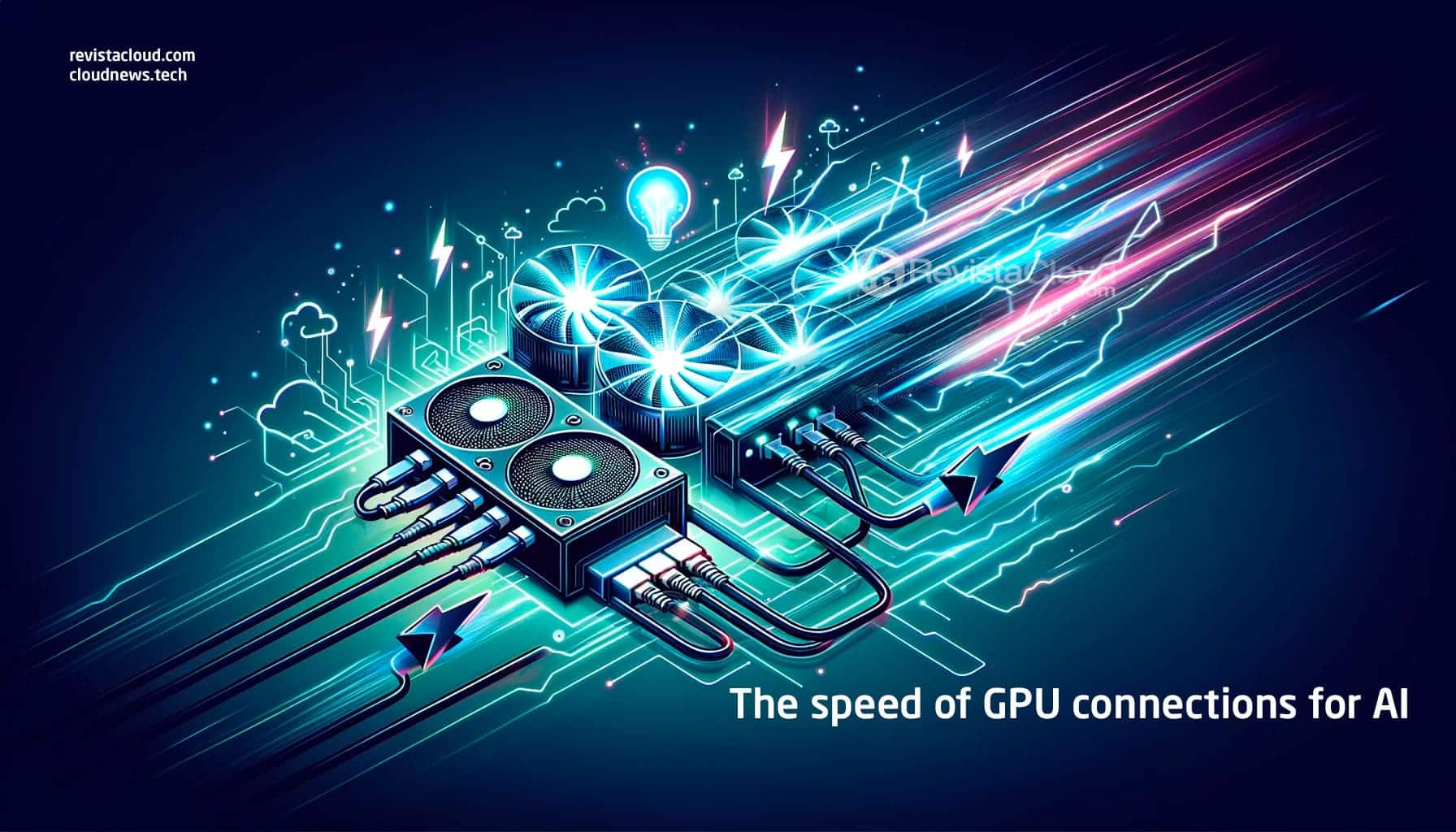The growing demand for graphics processing units (GPUs) driven by generative artificial intelligence (GenAI) applications is revealing significant operational challenges. Companies worldwide are investing in GPUs to enhance their AI strategies, but the lack of optimization in their usage is significantly limiting their return on investment (ROI).
Inefficiencies in GPU Management
One of the main issues is the underutilization of GPUs due to inefficient manual resource allocation. Many organizations lack automated platforms that allow for scalable, self-service access, resulting in these expensive infrastructures being underutilized. Recent studies indicate that nearly one-third of companies use less than 15% of their GPU capacity, which not only delays project development but also increases operational costs.
In many cases, companies assign entire servers to users or teams that do not require all that capacity, wasting critical resources. This approach leads to two costly options: acquiring more GPUs than necessary or resorting to public clouds, where GPU costs are often high.
Infrastructure and Data Handling Challenges
Another significant hurdle is the lack of optimized infrastructure for managing unstructured data, which must be cleaned, labeled, and organized before being processed by GPUs. This process adds complexity and time to the development of AI-based applications. Companies that have managed to overcome these barriers, such as large tech firms with mature data strategies, are achieving higher ROI by leveraging their vast datasets.
On the other hand, GPUs are not only useful for AI applications. Many organizations are finding value in non-AI-related use cases, such as analyzing large volumes of data and high-performance computing (HPC). Optimizing operations for these scenarios not only increases the ROI of GPUs but also positions companies to adopt more advanced AI applications in the future.
Telcos Betting on GPU Clouds
In this landscape, telecommunications providers are seizing the opportunity to offer GPU cloud services, directly competing with major players in the public cloud market. These “GPU clouds” are designed to cater to both AI workloads and non-related applications, providing companies with greater flexibility in resource allocation.
While GPU clouds represent a unique opportunity, operators face challenges in differentiating themselves in a market dominated by hyperscalers. Some providers are adopting specialized strategies that include high-performance infrastructure and services optimized for generative AI models and HPC applications.
The Path Toward Optimization
To maximize the return on their investments in GPUs, organizations need to adopt platforms that automate access and management of these resources. This includes developing unified data infrastructures that allow for efficient and scalable handling of AI workloads. Additionally, implementing automated processes for sharing GPU resources can reduce operational costs and improve efficiency.
In a context where AI applications are redefining business models, the ability to fully leverage GPUs will make the difference between companies that lead innovation and those that lag behind. Organizations that adopt proactive strategies to optimize their GPU investments will be better positioned to capitalize on the opportunities of the digital future.

